Colonial Revival and Mad Men
mtnrdredux_gw
12 years ago
Related Stories
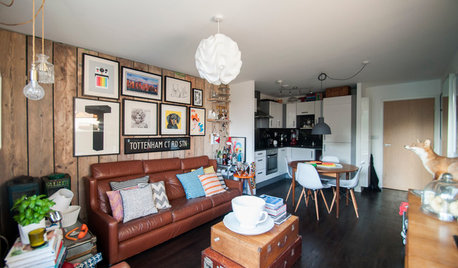
DECORATING STYLESIs Your Home Ready for a 1970s Revival?
Seventies chic is a trend that’s been brewing for some time, but this year it could hit big — with a few modern tweaks
Full Story
WOODKnotty and Nice: Highly Textured Wood Has a Modern Revival
Whether it's cedar, fir or pine, if a wood has a knot, it's hot
Full Story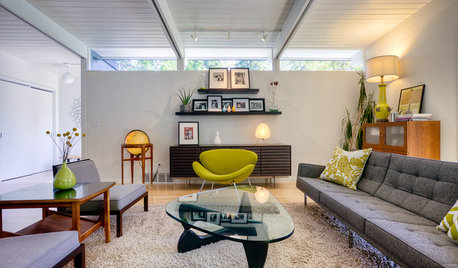
MOST POPULARWhy We Love Midcentury Modern Design
There's a method to all this 'Mad Men'-ness — just look to psychology, tough times and, believe it or not, Apple
Full Story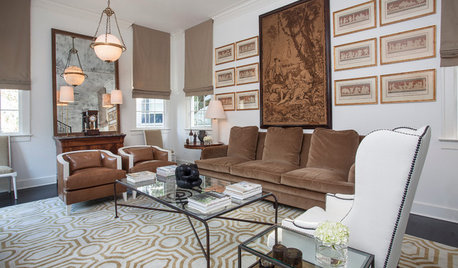
TRANSITIONAL HOMESHouzz Tour: Smart New Look for a Once-Faded Beauty
Homeowners fall in love with a 1939 Colonial Revival house in Baton Rouge, Louisiana, and bring it back to life
Full Story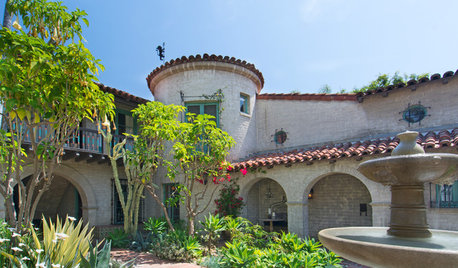
HOUZZ TOURSMy Houzz: Fairy-Tale Charm in a Historic Hollywood Landmark
Just a stone’s throw away from Hollywood Boulevard, vine-covered walls hide a magical courtyard and a couple’s condo
Full Story
ARCHITECTURERoots of Style: Do You Live in a Minimalist Traditional House?
Cottages, bungalows, farmhouses ... whatever you call them, houses in this style share several characteristics. See how many your house has
Full Story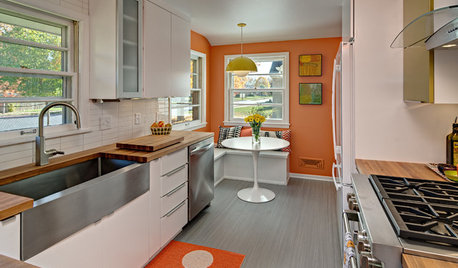
KITCHEN OF THE WEEKKitchen of the Week: Midcentury Meets Sweden in Minneapolis
A fun, retro-style makeover gives an aging galley kitchen a fresh look with a nod to the past
Full Story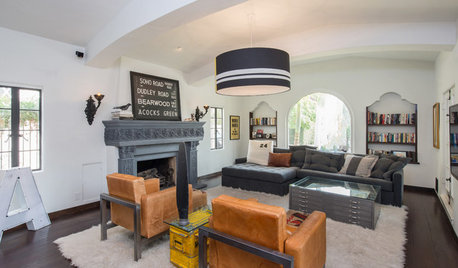
ECLECTIC HOMESHouzz Tour: Classic Spanish Style Gets a Modern Edge
Rounded curves, modern furniture and vintage ads mingle beautifully in a 1930s Los Angeles home
Full Story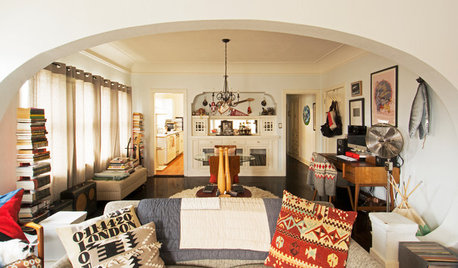
SMALL HOMESHouzz TV: In Love With Echo Park Style
Whimsical artwork, vintage steals and online finds come together in this eclectic L.A. apartment
Full Story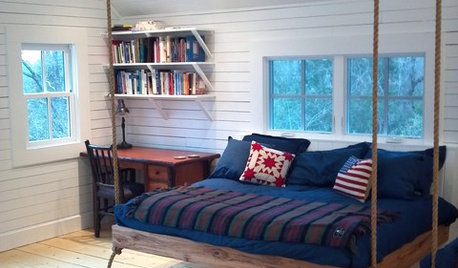
DECORATING GUIDESHemp, Hemp, Hooray! This Superplant May Be Legal Again in the USA
Hemp products are durable, sustainable, antibacterial and much more. Will the plant finally get the status it’s due in the States?
Full Story






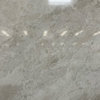

marcolo
Circus Peanut
Related Professionals
Clute Kitchen & Bathroom Designers · Georgetown Kitchen & Bathroom Designers · King of Prussia Kitchen & Bathroom Designers · Newington Kitchen & Bathroom Designers · Blasdell Kitchen & Bathroom Remodelers · Champlin Kitchen & Bathroom Remodelers · Shawnee Kitchen & Bathroom Remodelers · Sharonville Kitchen & Bathroom Remodelers · Burlington Cabinets & Cabinetry · Central Cabinets & Cabinetry · Milford Mill Cabinets & Cabinetry · Short Hills Cabinets & Cabinetry · Eastchester Tile and Stone Contractors · Santa Paula Tile and Stone Contractors · Mililani Town Design-Build FirmsCircus Peanut
mtnrdredux_gwOriginal Author
palimpsest
jakabedy
palimpsest
seaduck
plllog
palimpsest
seaduck
palimpsest
Fori
lazy_gardens
sochi
mtnrdredux_gwOriginal Author
sochi